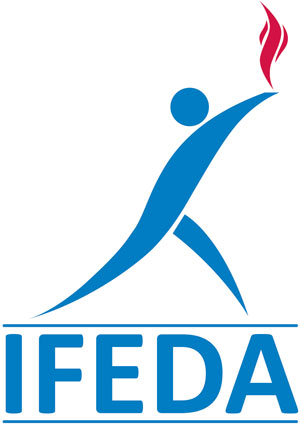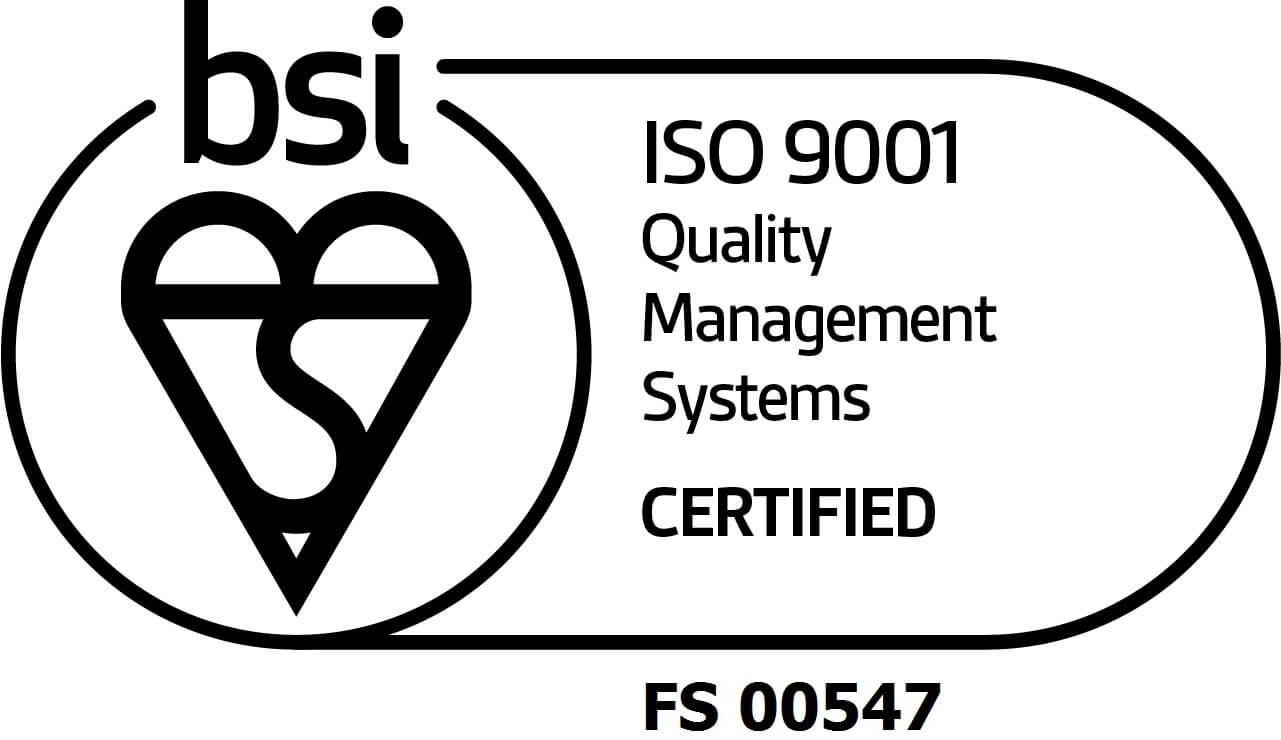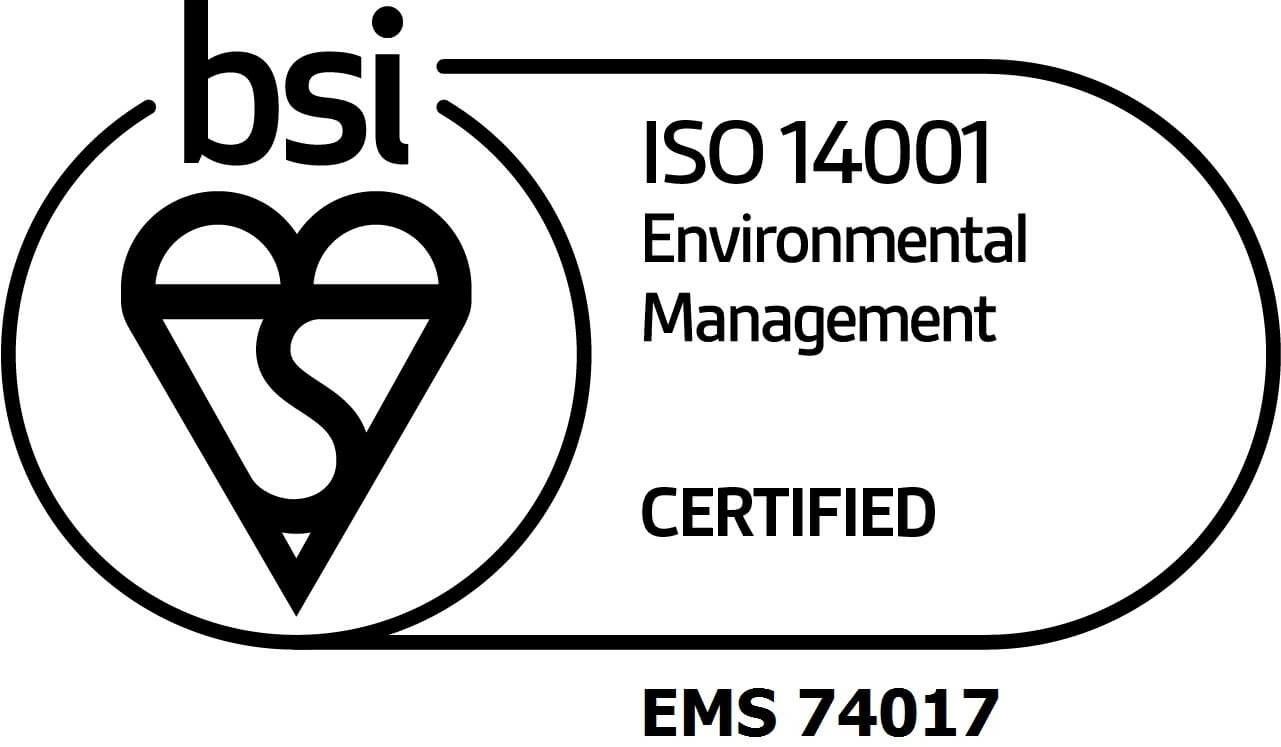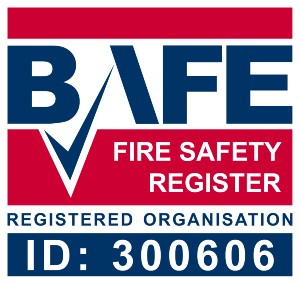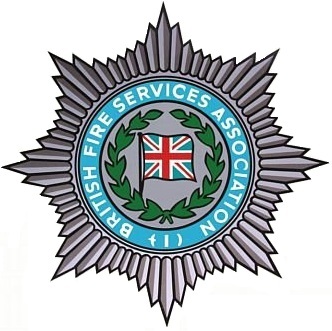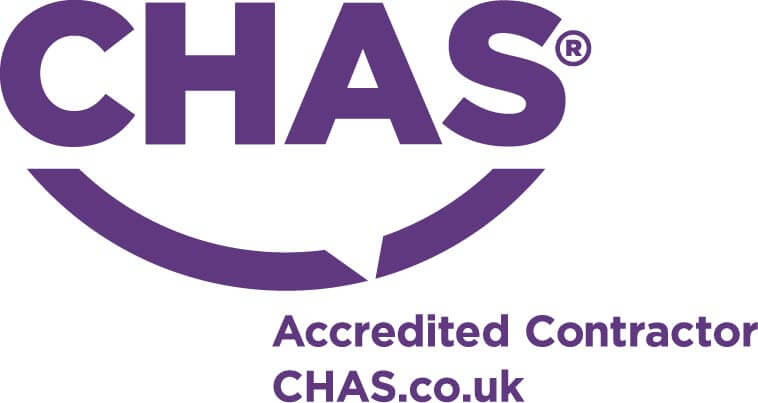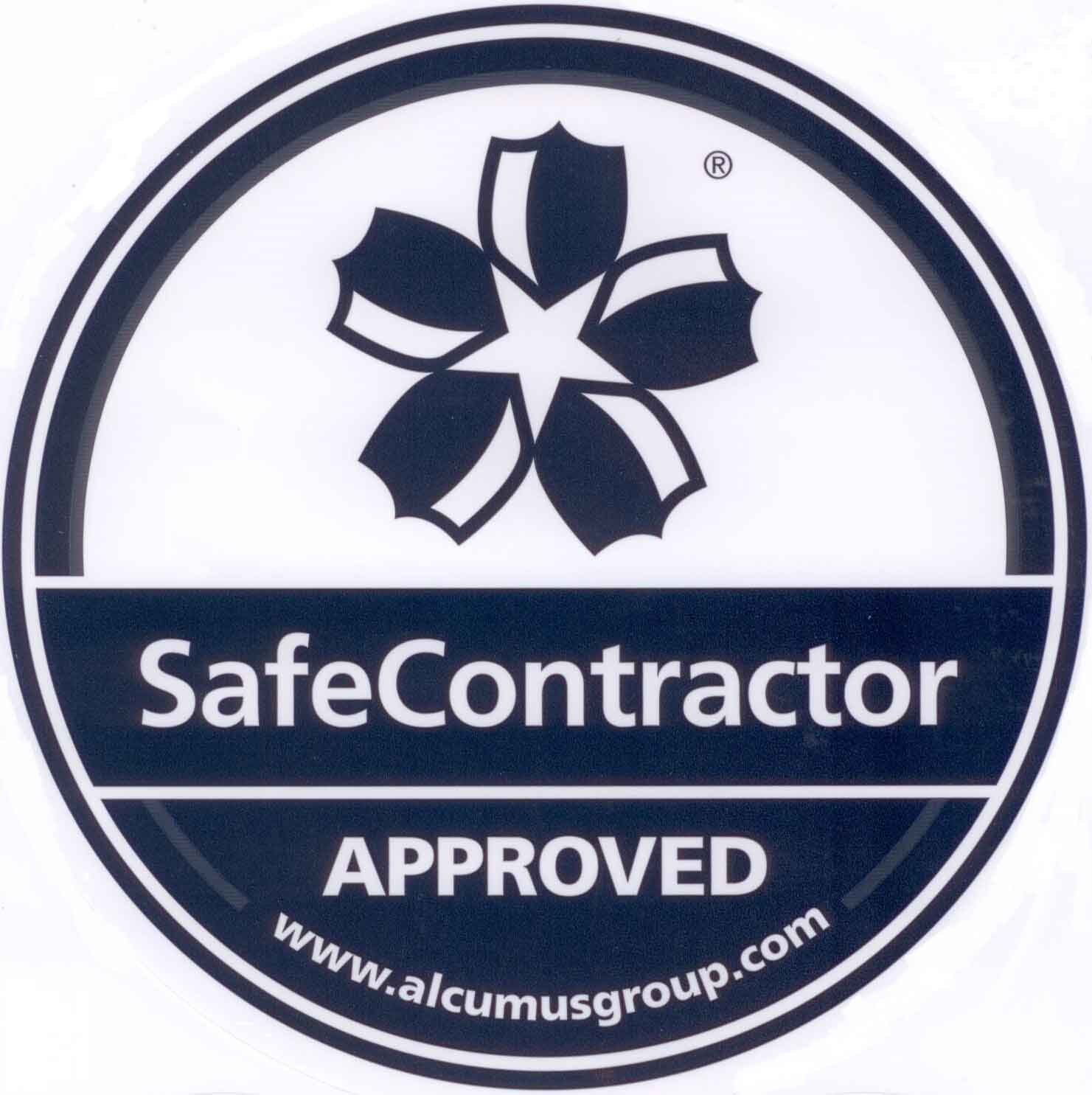Office Downsizing: Facts & Fire Safety
The world of work has been changed forever for many companies. The recent global pandemic sent shockwaves through most industries, with large swathes of the UK finding themselves working from home.
Now that restrictions have been lifted, businesses are considering whether this can continue – either in part or in full – and that means a change to office spaces.
The most common thought for businesses is office downsizing since the amount of space required is far less if not all staff are in at the same time. According to a survey carried out by Accumulate in August last year, 73% of business decision-makers thought that businesses would be downsizing, with 37% planning to relocate themselves.

This year, FreeOfficeFinder, an office broker service, has said that over a third of their enquiries from businesses for office space have been about taking on a smaller office than their current space.
With the idea of moving offices on most people’s minds, we thought it’d be a good time to detail some of the fire safety elements involved in taking a new office as well as moving out of your old one.
Fire Safety Checks: Moving into a new office
If you’ve re-evaluated your office space needs and moved into smaller premises, there are some vital fire safety checks to consider. If you own the building, you’ll be the responsible person, whereas if you’re renting or leasing, you’ll need to establish who is responsible for the building while taking responsibility for your company practices.
The landlord may be responsible for the fire alarm and emergency lighting maintenance and servicing for the building, but the tenant will still have the responsibility of checking the systems on a weekly basis and ensuring any issues are reported to the landlord or building manager. The tenant should also ensure periodic servicing of safety equipment provided by the landlord is carried out, so don’t forget to ask for, and keep updated, the service records for these.
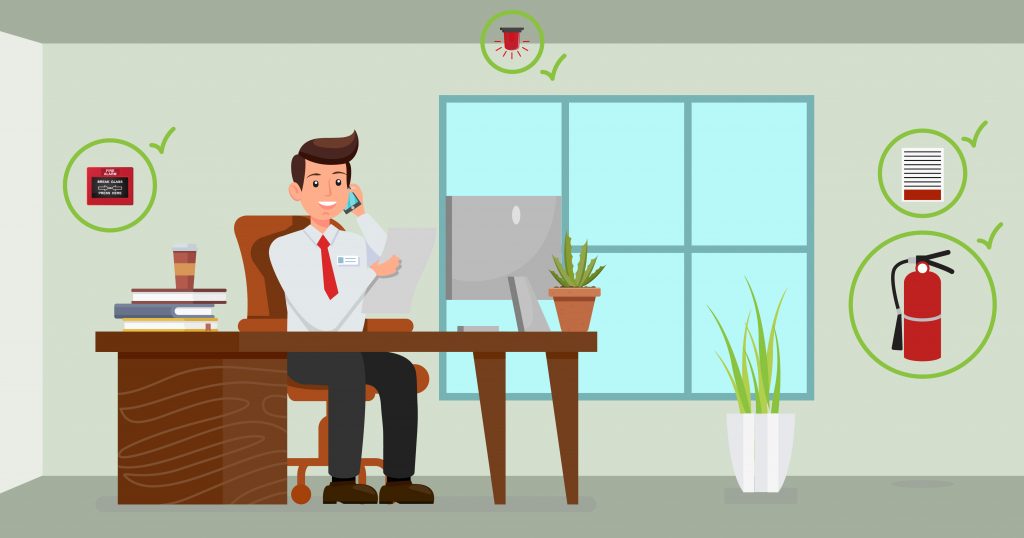
Here are some of the key things to consider to ensure you’re compliant with fire safety regulations when moving office:
Fire Risk Assessments
Every business should have a fire risk assessment carried out, as per their responsibilities outlined in the Regulatory Reform (Fire Safety) Order 2005. This will help you establish key things about your new office, including:
- Persons at risk
- Hazards and elimination of the risk of fire
- Further action required outlined in a document
- The fire safety assets and equipment in the building
- A defined date for a future review
Fire Escape Plan
A new office means new geography for your staff to learn, so a new fire escape plan is vital. This will help ensure everyone knows what to do and where to go in the event of a fire. Never assume that you can simply carry the same plan over to a different office space.
Trained Fire Wardens or Marshals
Having staff members in your new premises who are trained to lead fire safety for your business will help establish best practices. If you already have trained members of staff, it’s always worth considering refresher training to meet the needs of your new premises – particularly if your operations or staff levels have changed.
Fire Alarms
Giving an early warning in the event of a fire, you should first establish with your landlord as to whether there is a fire alarm system in place. Seek out professional assistance if you require a new fire alarm system or if you wish to have the system already there inspected and maintained. This will create a sense of security in your new office space.
Fire Extinguishers
As with fire alarms, there may already be something in place. If there isn’t – or if you feel unsure about whether the units provided are adequate for your business – then seek professional guidance. This is important as what is deemed appropriate for the previous tenant, might not meet the needs of another.
Emergency Lighting
Check whether there is emergency lighting in place along escape routes and at fire exits. Illumination for exits and emergency routes is a legal obligation set out in the Regulatory Reform (Fire Safety) Order 2005.
Fire Safety Checks: Leaving your old office
As mentioned in the previous section, what is suitable for one business when it comes to fire safety, might not be for another. You should always maintain fire safety standards in line with your own business operations, staff levels and office layout.
However, when it comes to leaving your old office, as a courtesy you can always leave certain things in place for the next tenants. It will then be up to them to decide whether this meets their needs or whether they need brand new equipment and systems.
A fire risk assessment is not something you can pass over to incoming tenants – it has to be performed uniquely for your business – but leaving behind a copy of your evacuation plan as a starting point and highlighting where key fire safety equipment is can be a huge help to those moving into the space as they get started.
And if you really want to do your due diligence before leaving, you can always have fire alarms and extinguishers tested and maintained to leave them in top condition for the next users.
Whether you’re downsizing your office or simply looking to arrange office fire safety to meet your legal obligations, at City Fire Protection, we offer fire risk assessments, fire extinguishers, PAT testing and more to help keep you on track.
Our teams operate throughout London and Birmingham, so simply get in touch or call today 0800 9981 908 and we’ll be happy to assist you when you move or leave offices.
Contact Our Team

